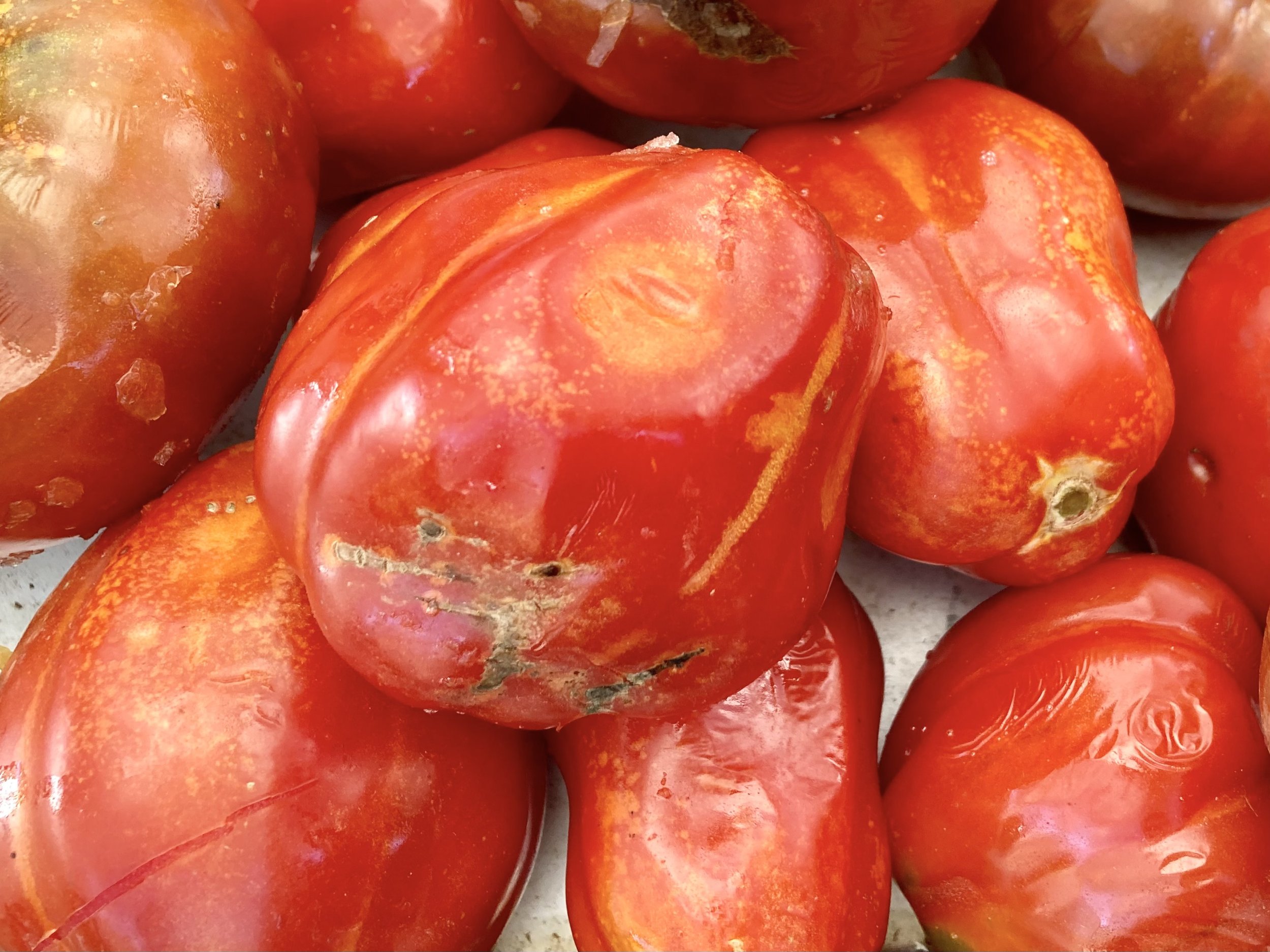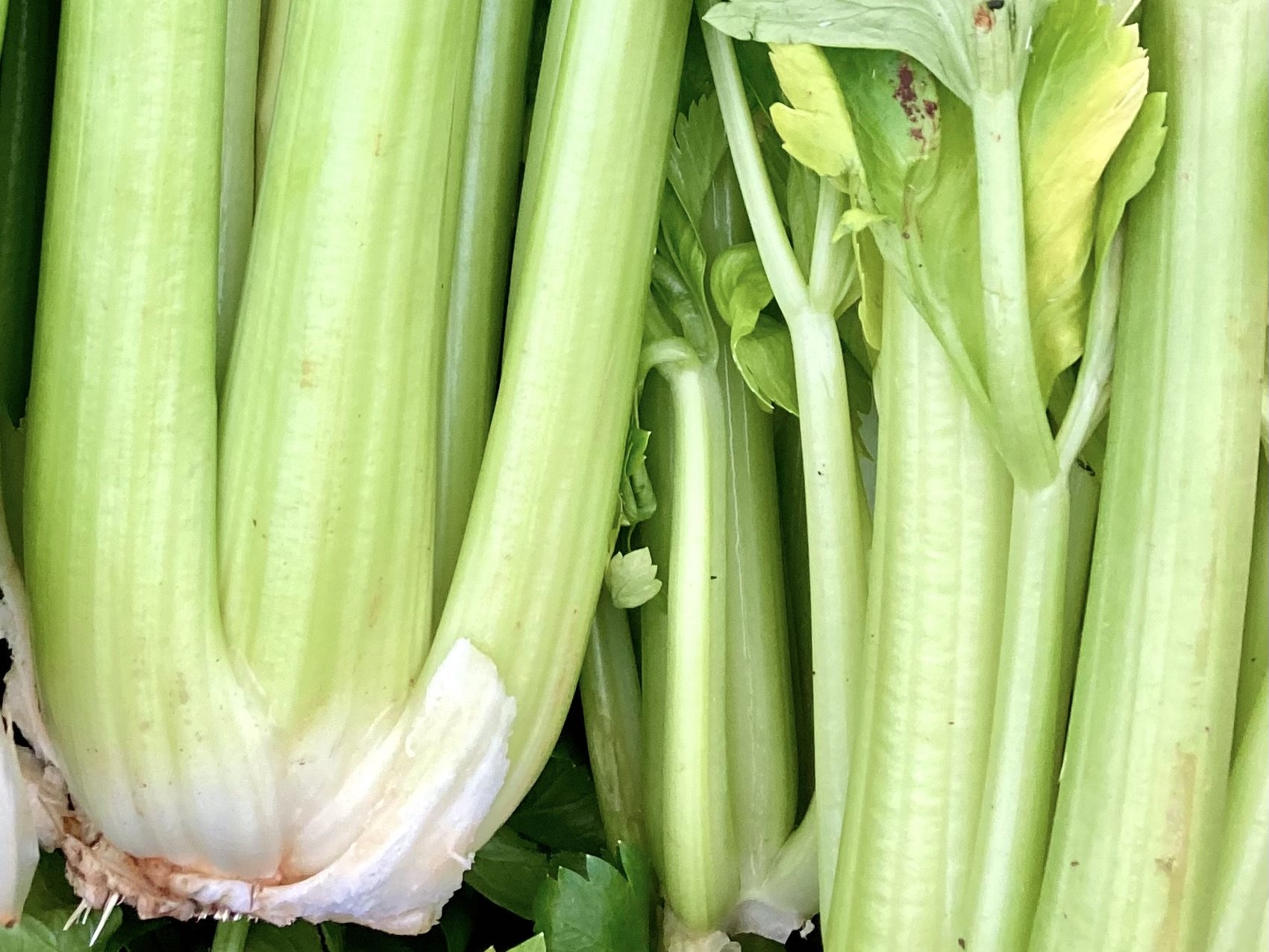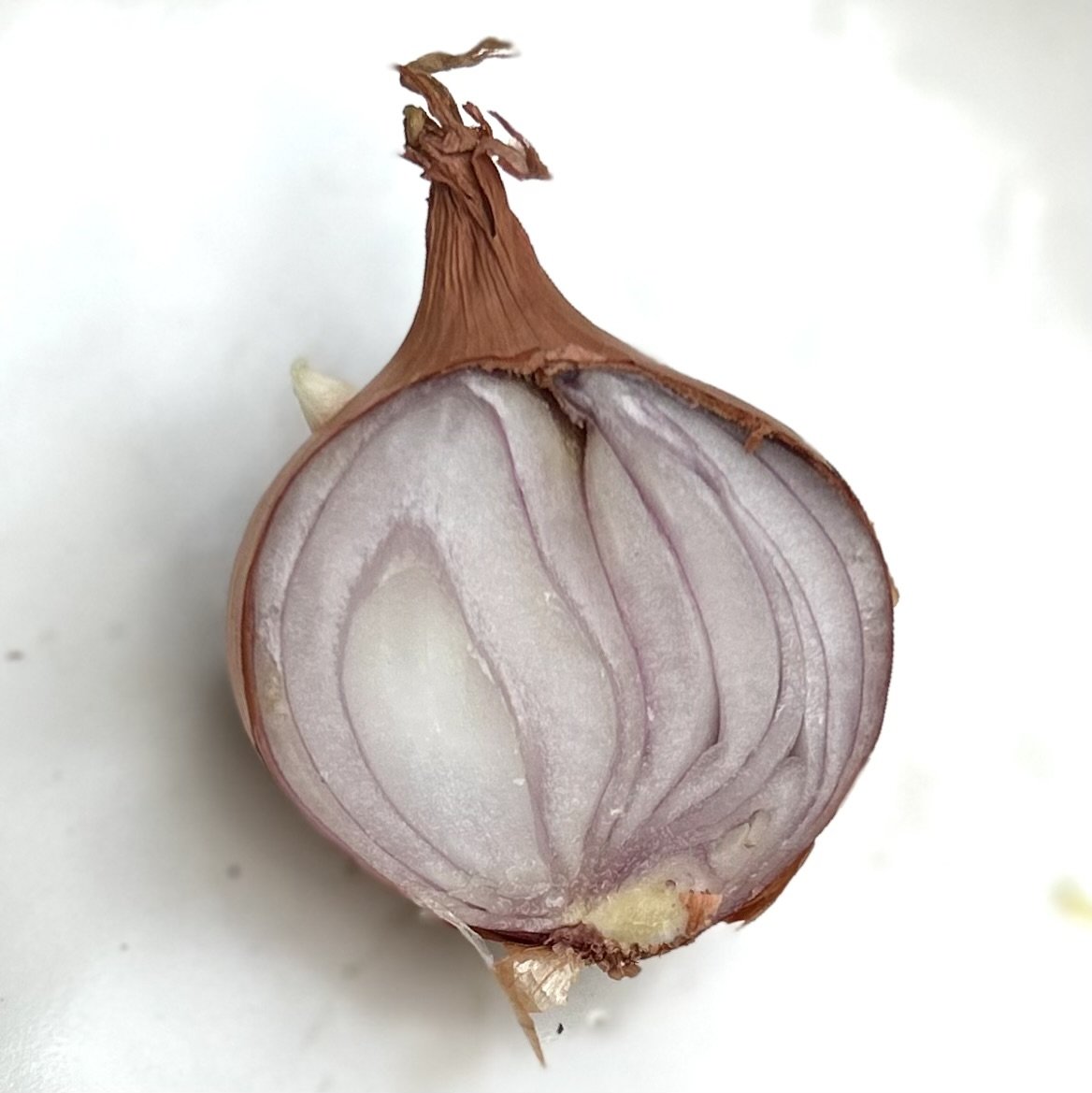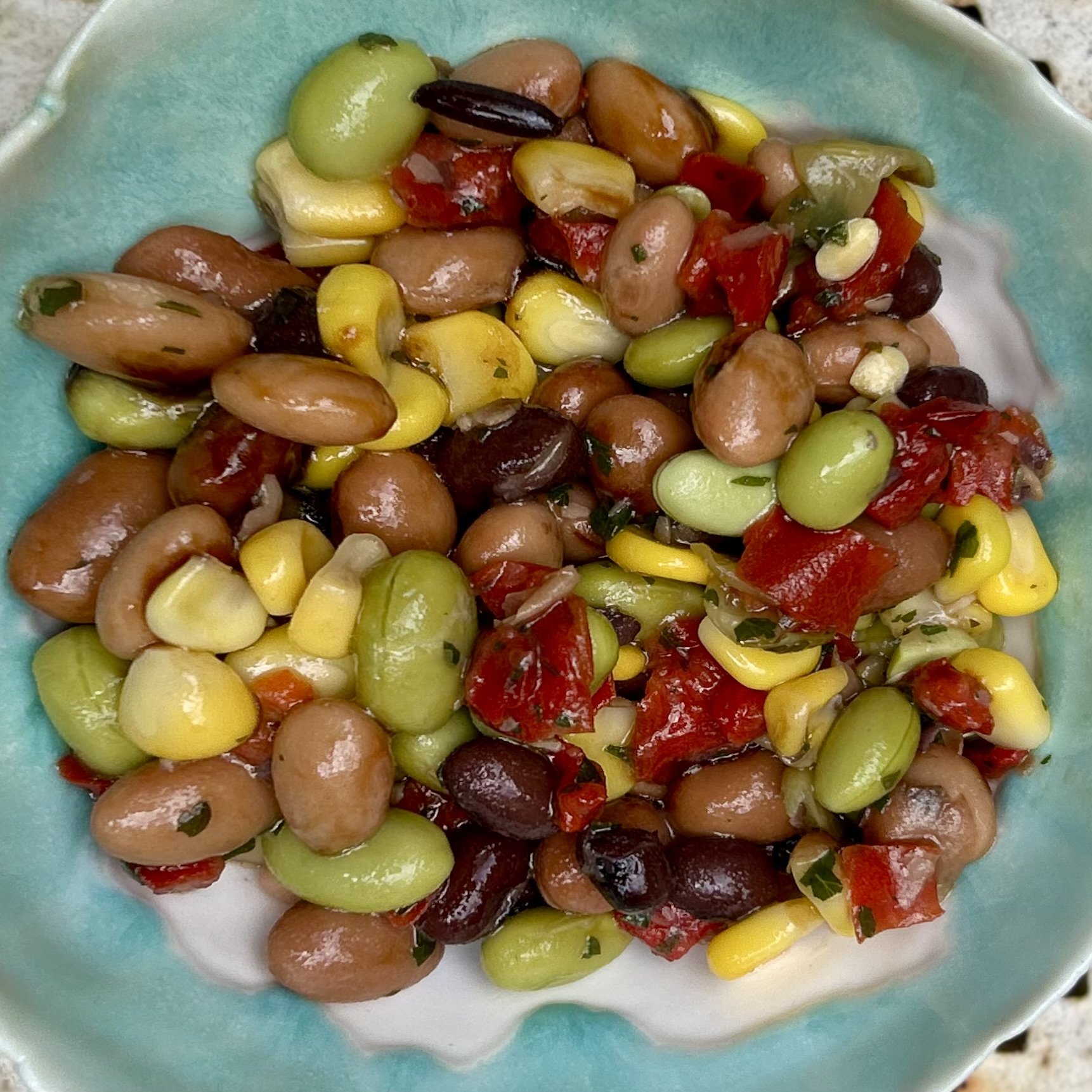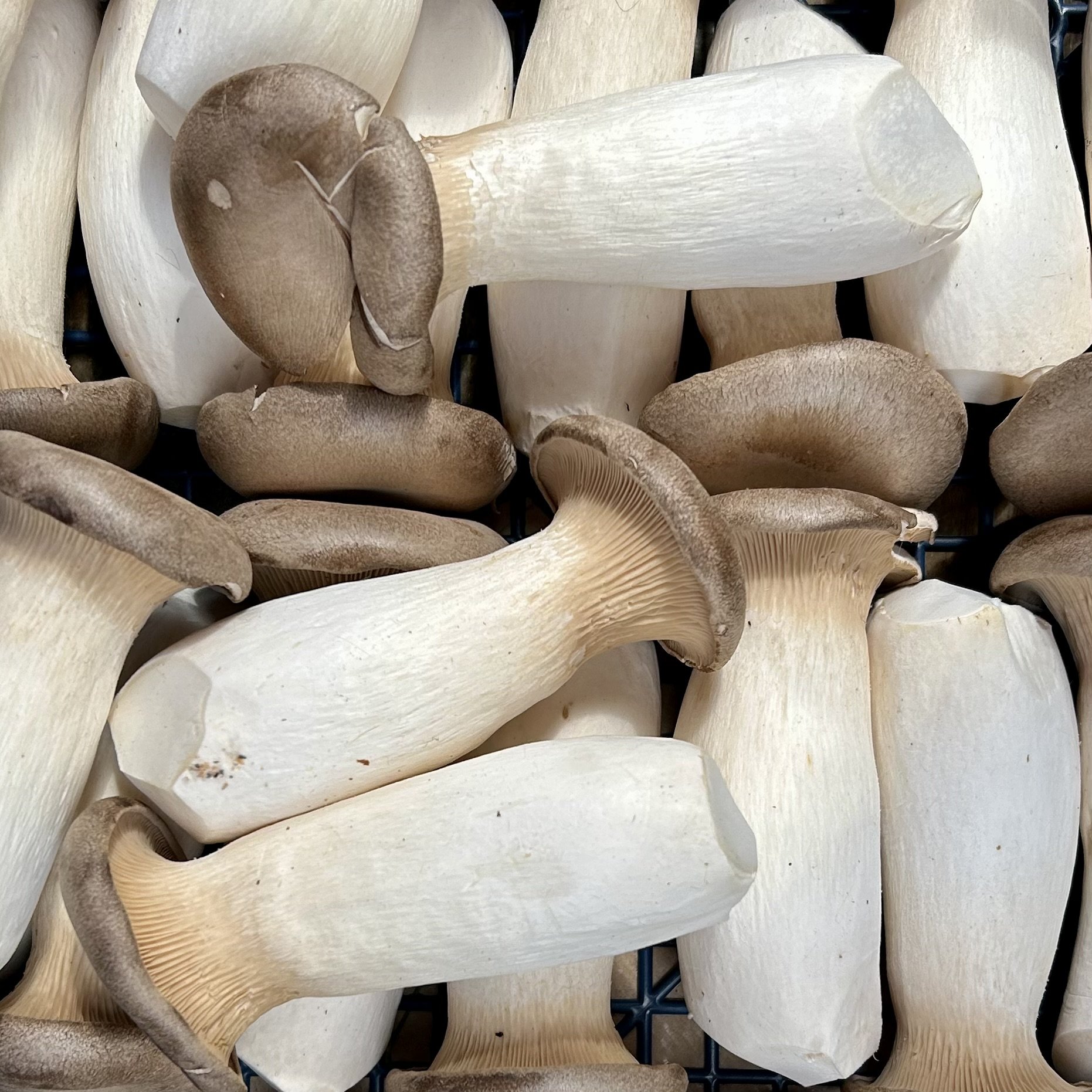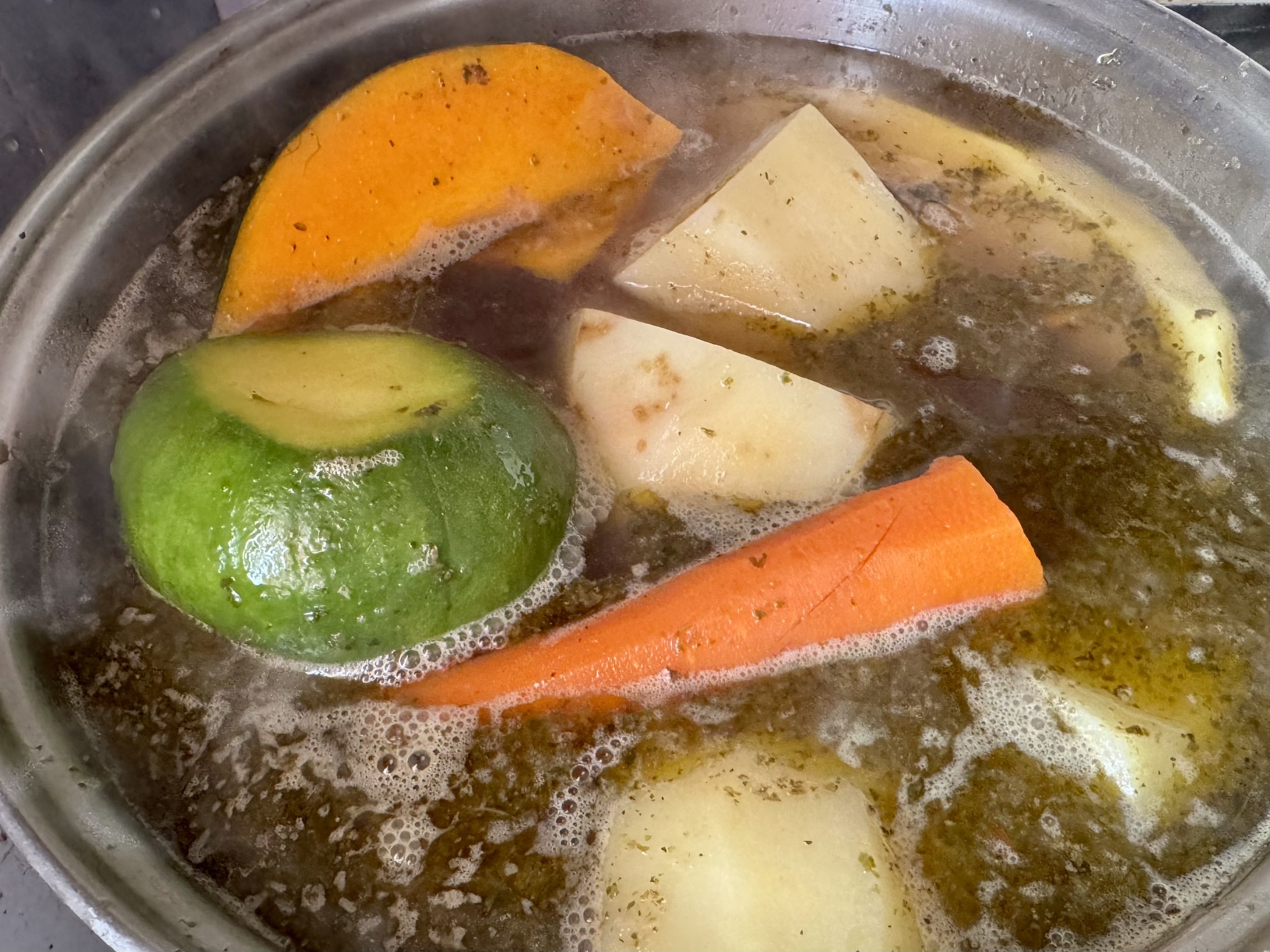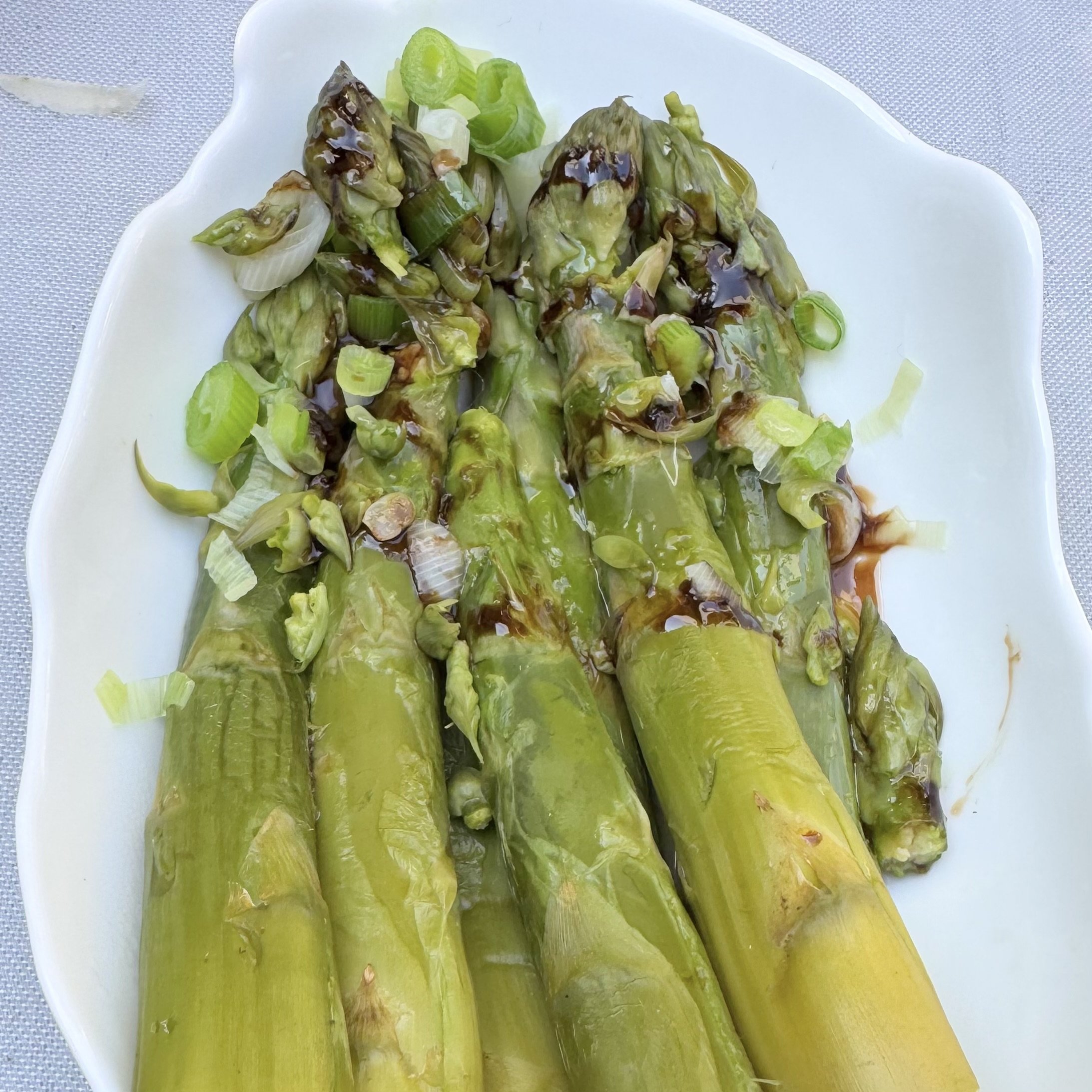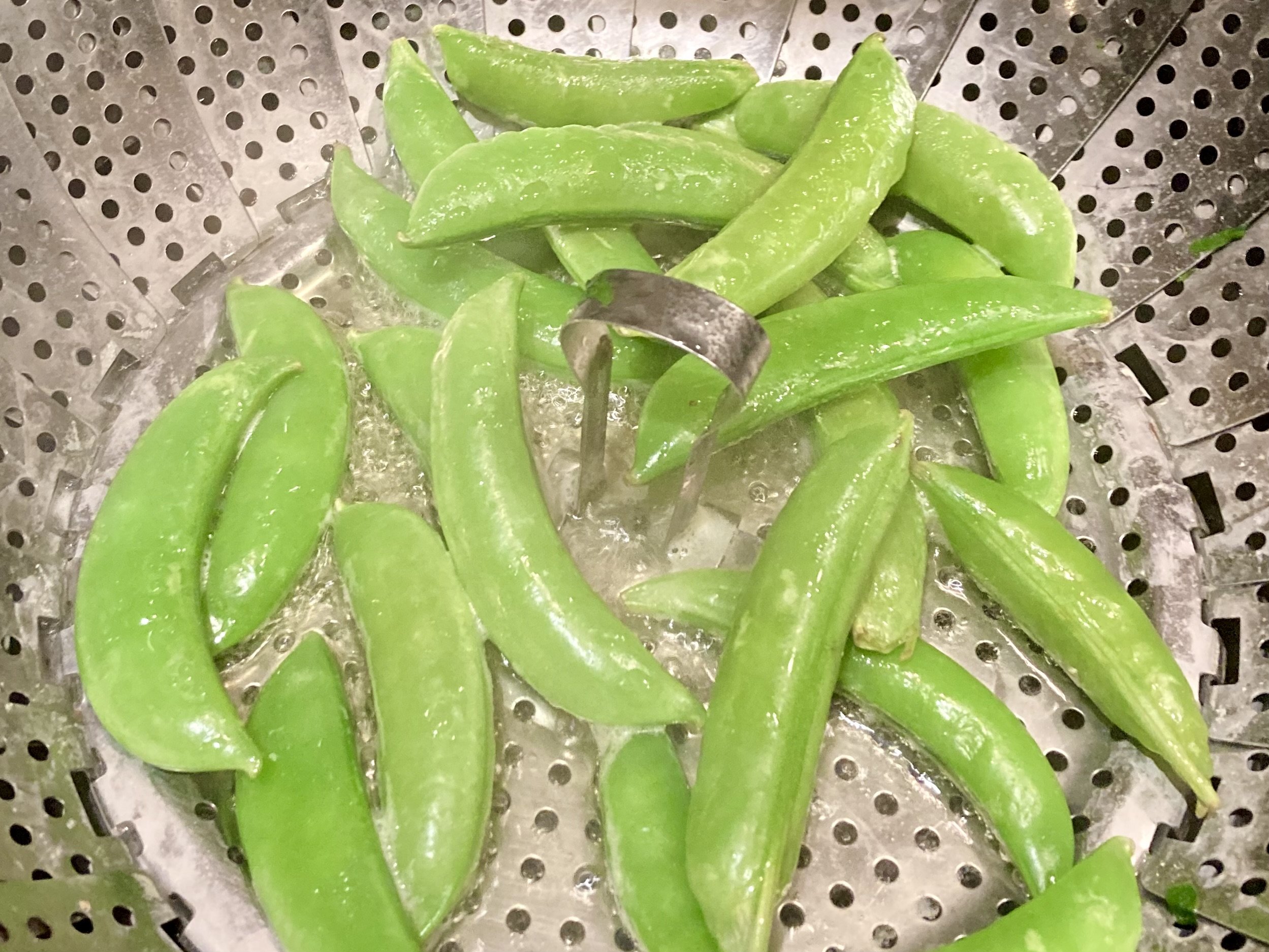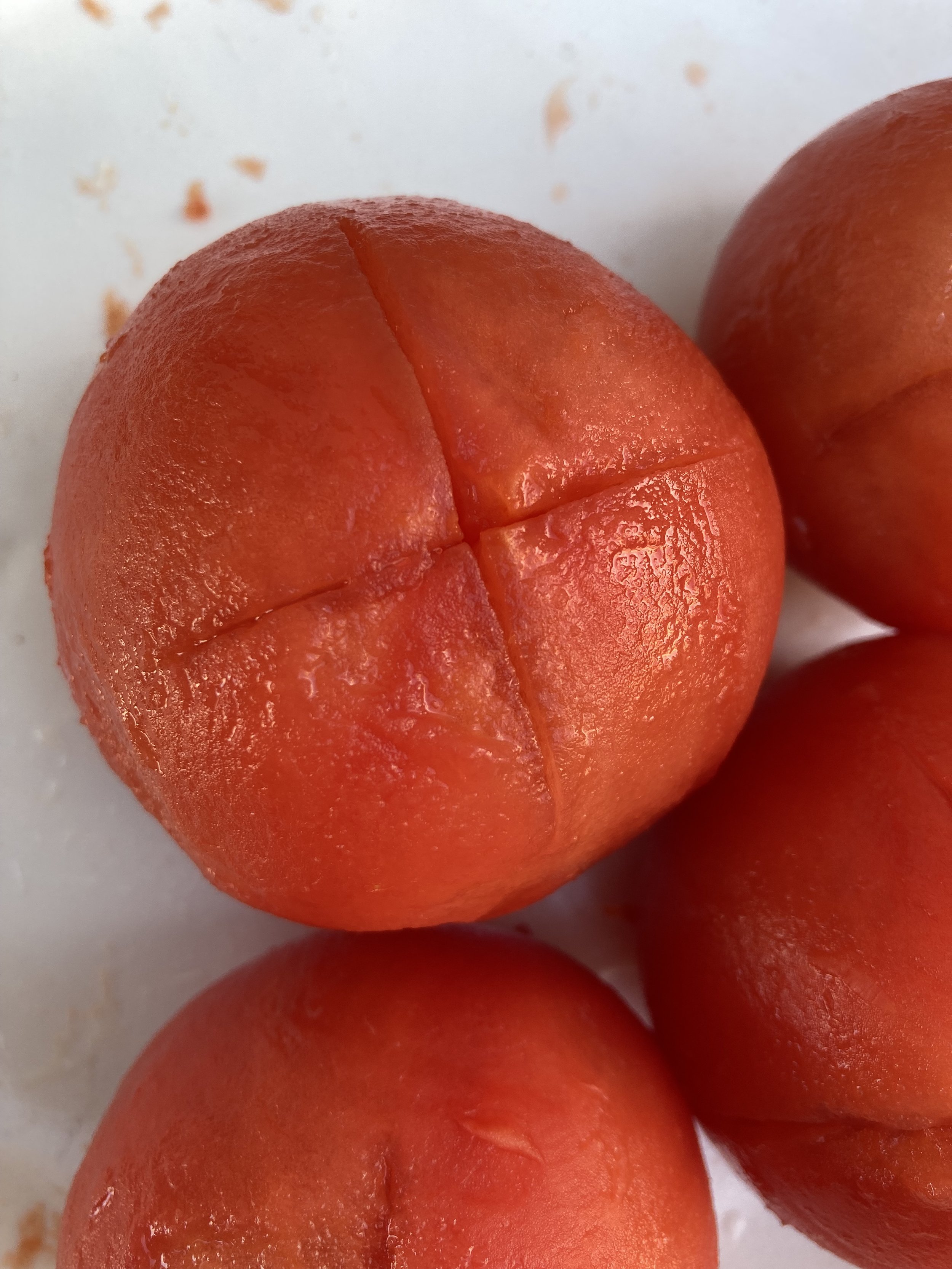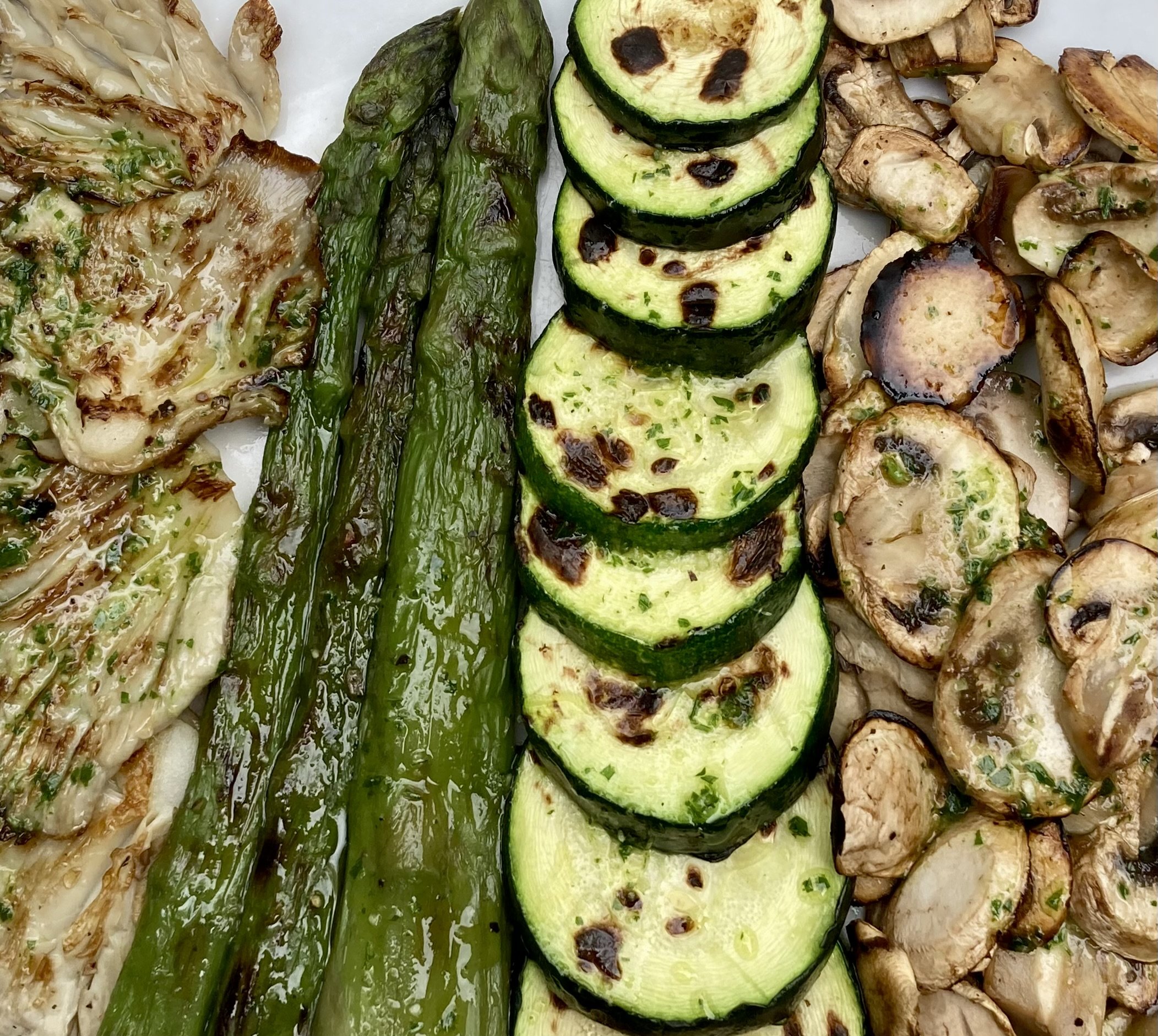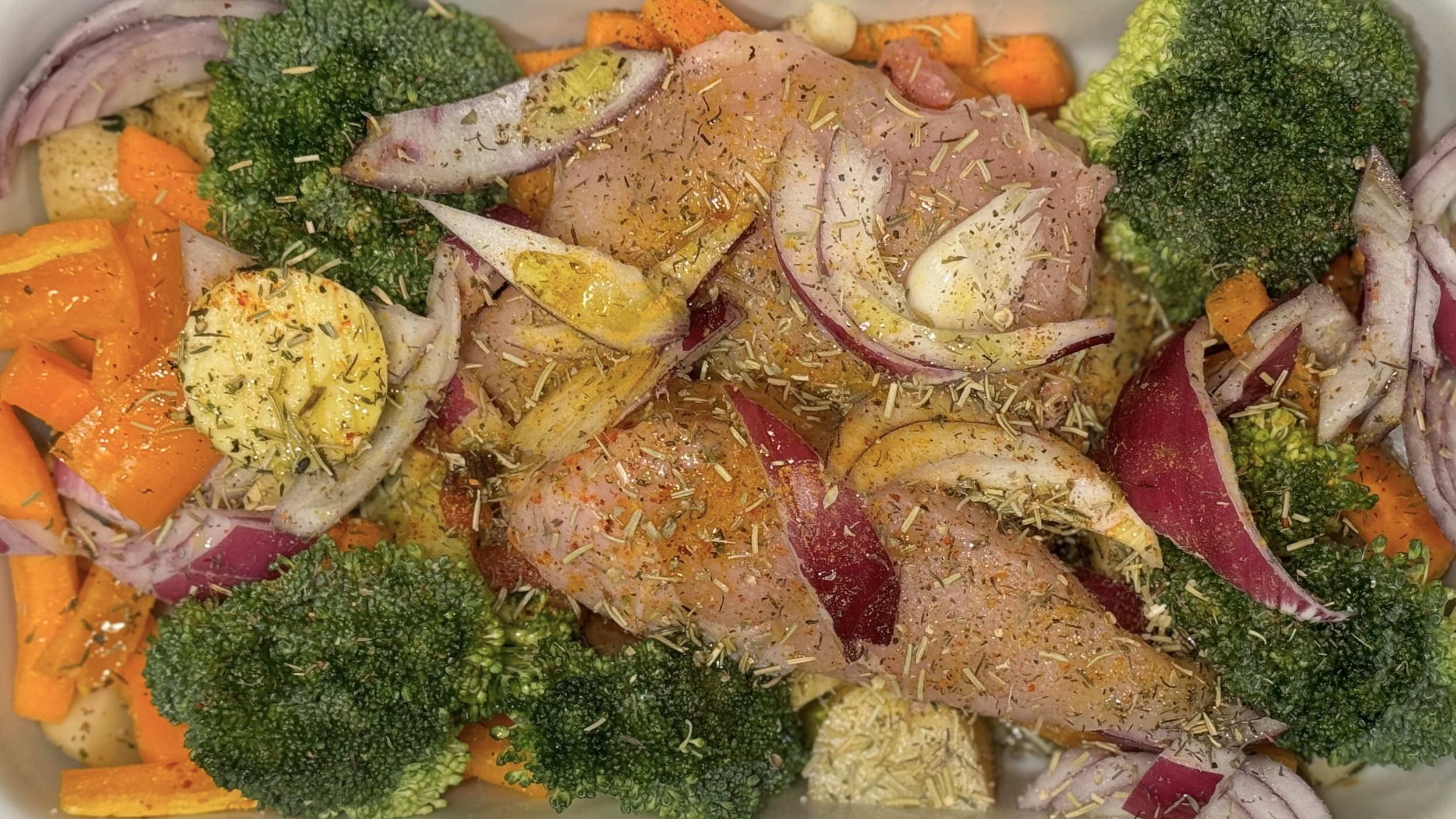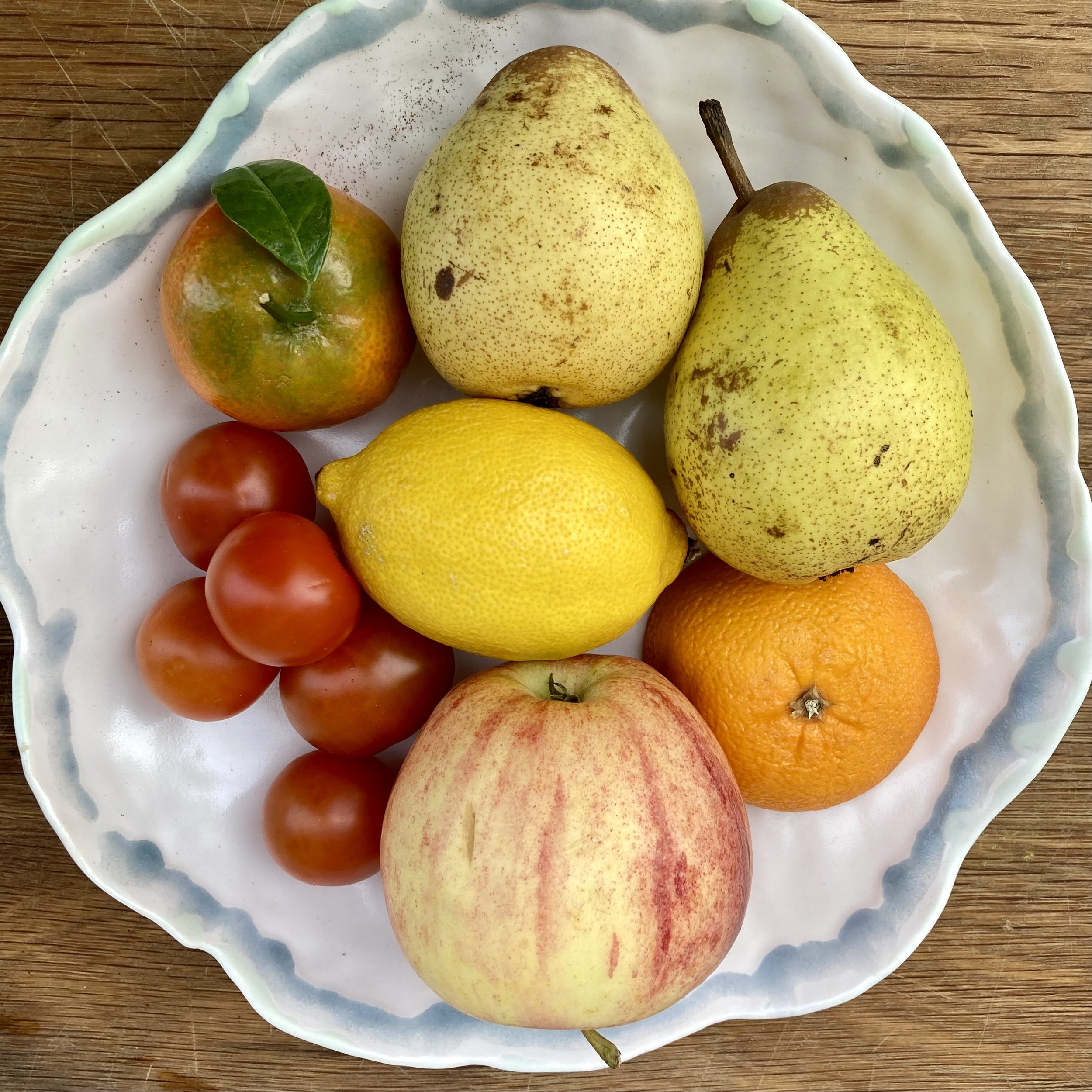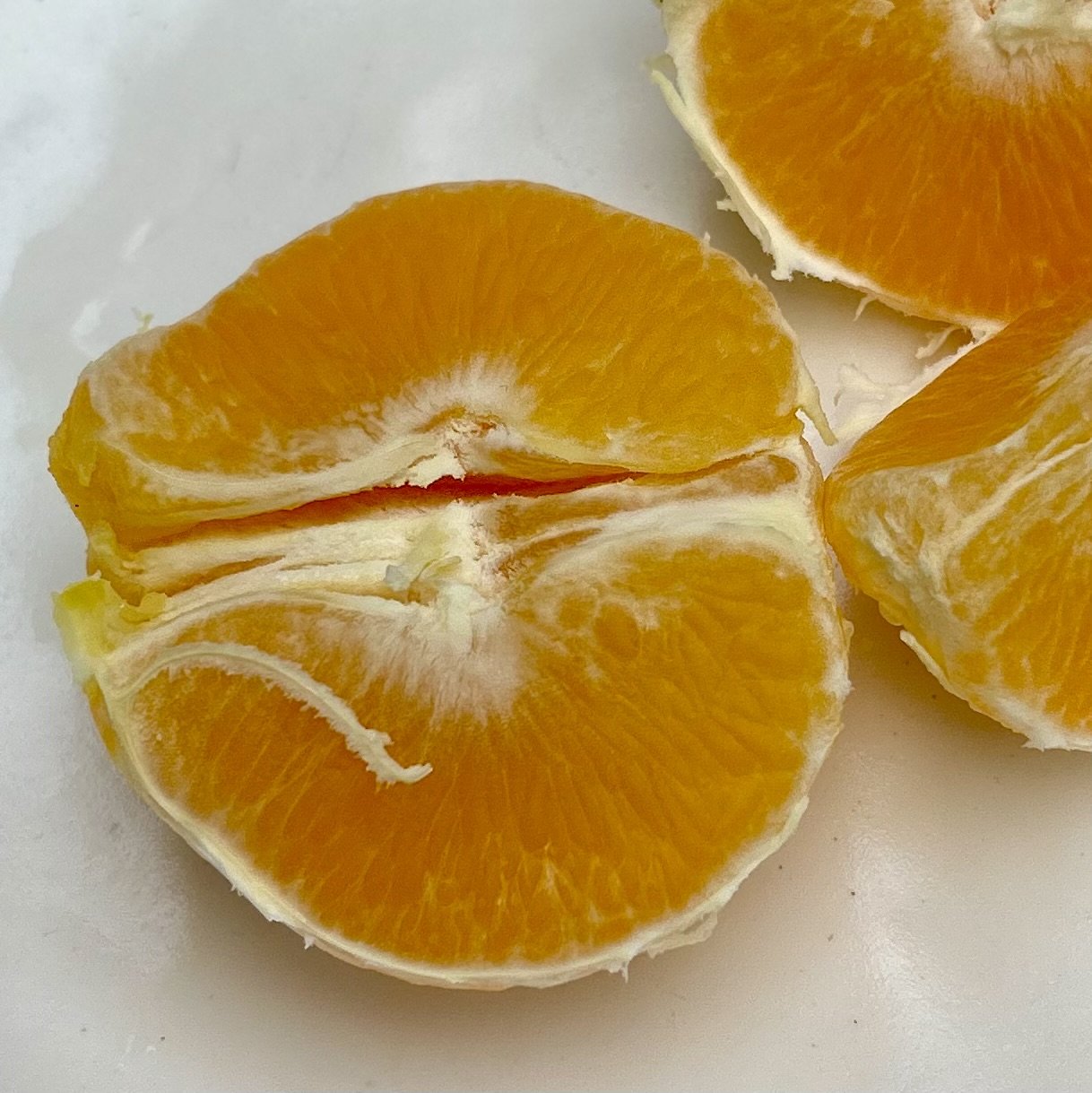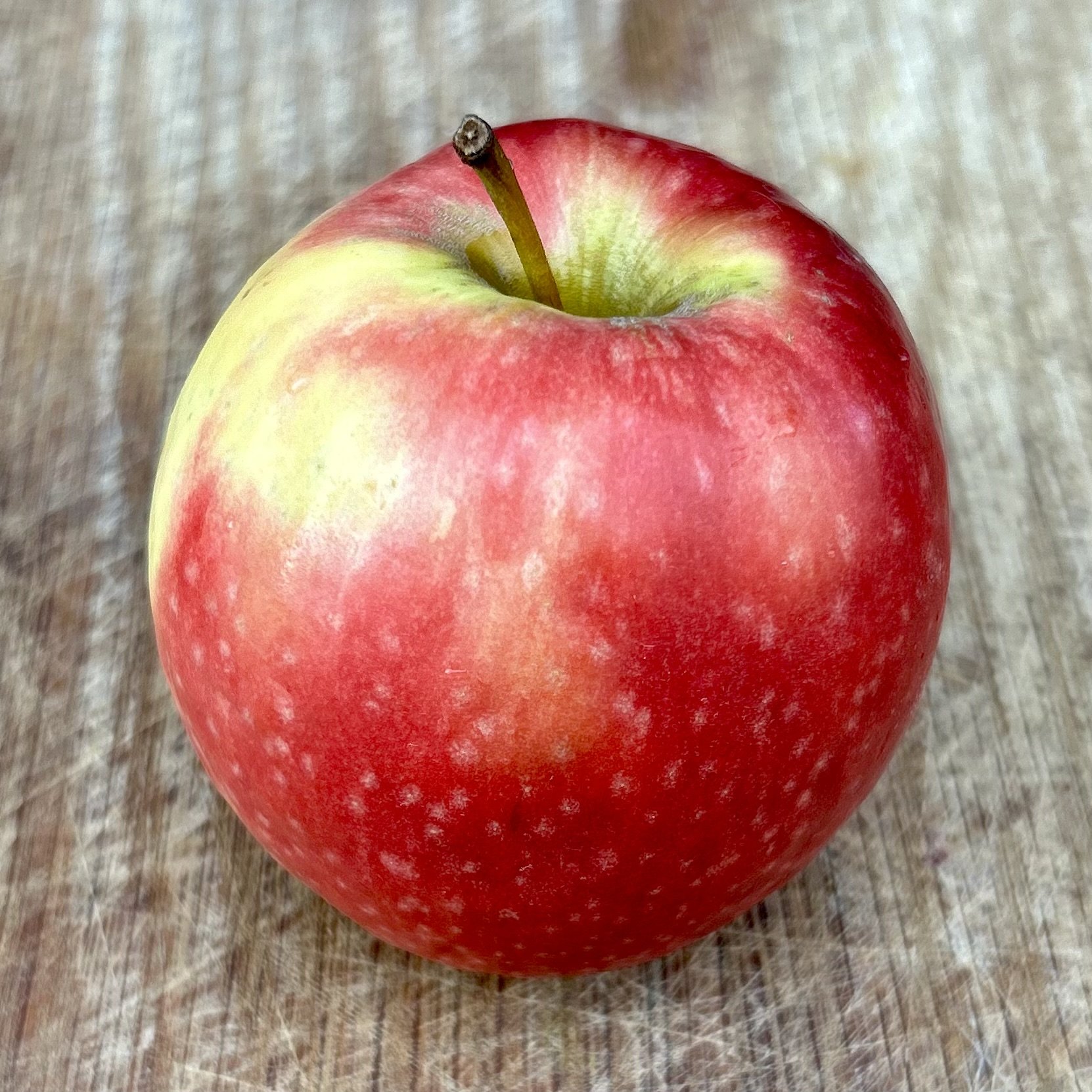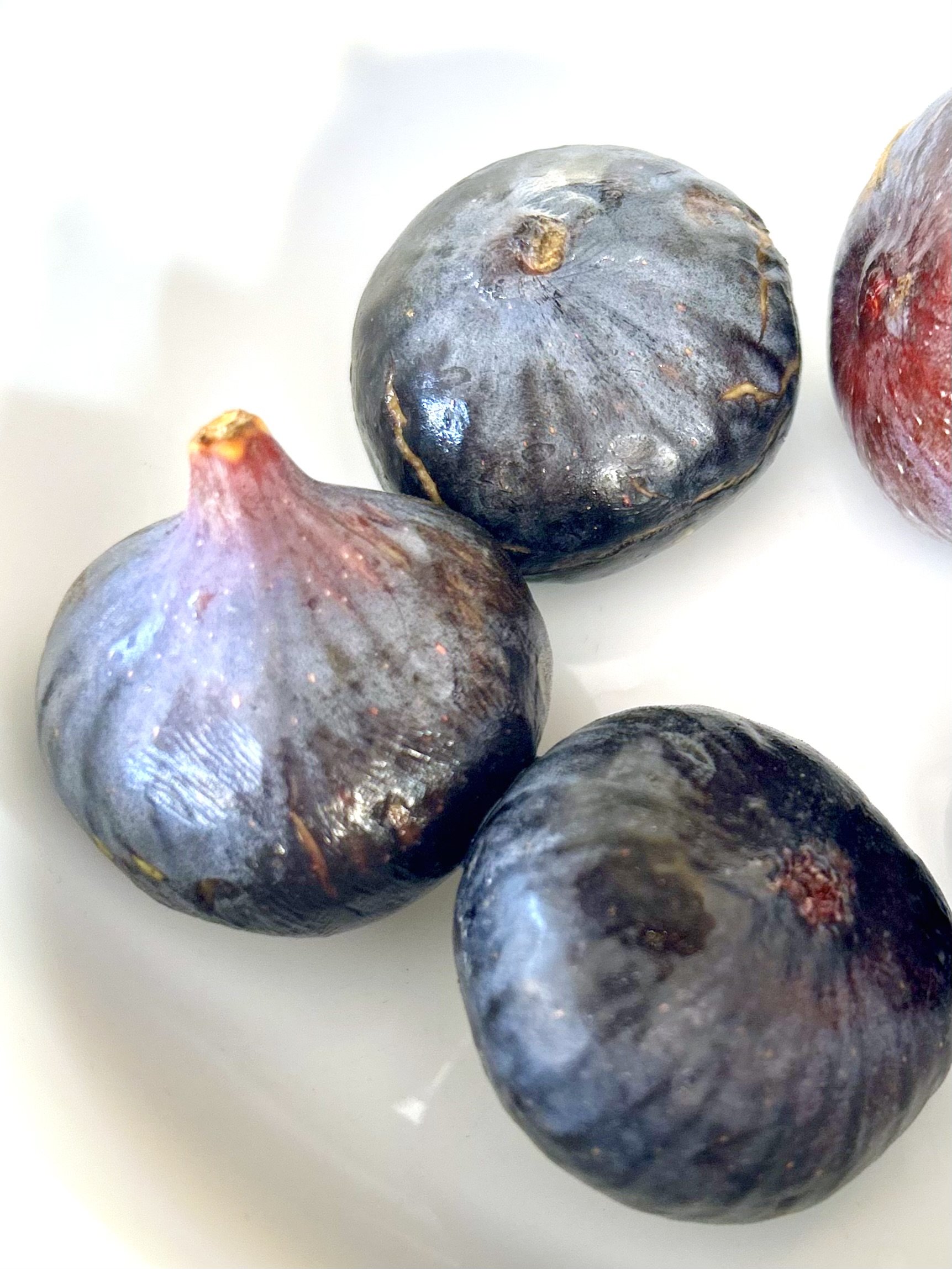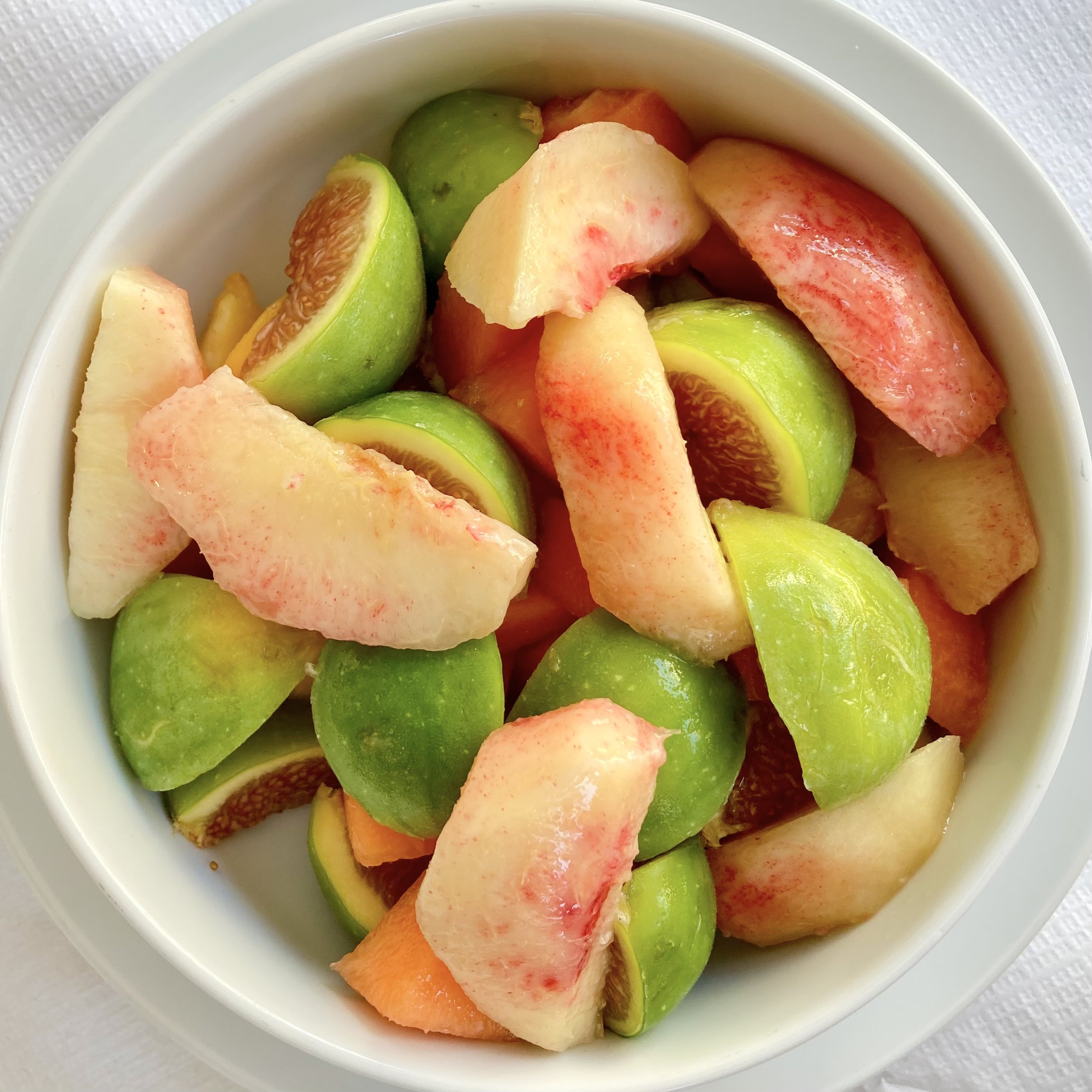Edible plants: vegetables and fruit.
Edible plants and mushrooms form the foundation of human diets, offering both sustenance and variety. Each carries its own story of flavour, nutrition, and tradition. They are essential, endlessly versatile, and are at the heart of how we eat.
Vegetables.
Vegetables are edible parts of plants. They can be classified according to their botanical characteristics and the part of the plant that is consumed. Mushrooms are fungi, not plants, but they are commonly grouped with vegetables in culinary contexts.
Root vegetables.
Root vegetables grow underground and store energy in their roots. Examples: carrots, potatoes, beets, parsnips, turnips, sweet potatoes, radishes. They are rich in carbohydrates, fibre, vitamins (e.g., vitamin C, beta-carotene), and minerals like potassium.
Best cooking methods: boiling, roasting, steaming, or frying.
Carrot varieties, based on their colour, include orange, purple, white, red, and yellow. Carrots were mostly purple and yellow until the orange variety became popular through selective breeding in Europe in the 17th century.
Carrots are best boiled to make more antioxidant carotenoids available.
Leafy vegetables.
Leafy vegetables are the edible leaves of plants.
Examples: spinach, kale, lettuce, Swiss chard, collard greens, cabbage. They are rich in vitamins A, C, K, folate, iron, calcium, and antioxidants.
Best cooking methods: steaming, boiling, sautéing, or eating raw in salads.
Lettuce is a quiet and fesh companion to our meals. Lettuce first grew wild along the banks of the Mediterranean and in parts of the Middle East. It was cultivated in Egypt ~ 2700 BCE. Ancient Greeks and Romans often served it at the end of banquets, believing it aided sleep and soothed the senses. Lettuce travelled with traders and explorers, crossing to the Americas, where it flourished in countless varieties.
Swiss chard is more flavourful than spinach but milder than kale or mustard greens. It’s more heat-resistant than other leafy greens making it good for cooking.
Cruciferous vegetables.
Cruciferous vegetables (brassica family) include broccoli, cauliflower, Brussels sprouts, kale, cabbage, and bok choy. They are high in fibre, vitamin C, vitamin K, and sulphur-containing compounds (glucosinolates) that may have cancer-fighting properties.
Best cooking methods are steaming, roasting, and stir-frying. They are also eaten raw.
Cauliflower, traditionally white, also comes in purple, orange, and green varieties, each with different antioxidants and nutrients. Cauliflower is rich in fibre and low in calories making it popular in low calorie diets.
Fruit vegetables.
Fruit vegetables are fruits but consumed as vegetables, often due to their savoury flavour. Examples: tomatoes, courgettes (zucchini), cucumbers, peppers, aubergines (eggplants), pumpkins, and okra.
Tomatoes were originally a wild fruit from Mesoamerica and the lower Andean regions (tomate, in Spanish, from tomatl in Nahuatl). Brought to Europe by explorers, it was first viewed with caution, its vivid red linked to danger. Today, the tomato is at home around the world.
Aubergine’s (eggplant) spongy texture absorbs flavours, making them good for roasting, grilling, or stewing in dishes like ratatouille and moussaka.
Best cooking methods: roasting, grilling, stir-frying, or eating raw.
Stem vegetables.
Stem vegetables, the edible stems or stalks of plants. Examples: Celery, asparagus, fennel, rhubarb.
Best cooking methods: steaming, roasting. They may be eaten raw.
Celery is mostly water (a good hydrating snack), low in calories, rich in antioxidants, high in fibre, and has anti-Inflammatory properties. It is eaten raw or cooked as a base soups, stocks, stews, and stir-fries (sofrito in Spain/Italy, mirepoix, France). Celery was used as a medicinal herb in ancient Egypt, Greece, and Rome.
Bulb vegetables.
Bulb vegetables are underground bulbs with strong flavours. Examples: onions, garlic, leeks, shallots, fennel bulbs.
Best cooking methods are: sautéing, roasting, or grilling.
Onions are essential to most cooking. They increase their flavonoid antioxidants with cooking, but lose thiosulfinates and other antioxidants.
Shallots are smaller than onions, often with multiple cloves inside one bulb. They are milder, more delicate, and slightly garlicky.
Garlic, closely related to onions, shallots, and leeks, has been used for centuries in cooking and medicine for its pungent flavour, aroma, and health benefits. It is used raw in dressings, salsas and aioli. Roasted, it becomes soft, and sweet. Sautéed or fried, it is used in sauces, stews, and stir-fries. It is rich in allicin, a compound with antibacterial and anti-inflammatory properties, it may lower blood pressure and cholesterol. It may boost immunity and is used traditionally to combat colds and infections.
Tuber vegetables.
Tuber vegetables are the underground storage organs of plants. Examples: potatoes, yams, Jerusalem artichokes. They are rich in starch, fibre, and energy-providing carbohydrates.
Best cooking methods are baking, boiling, roasting, or frying.
Potatoes are rich in carbohydrates, starch, fiber, vitamin C, and potassium. There are many varieties, including starchy type (Russet) and waxy type (new) potatoes.
When cooked potatoes are eaten cold, they contain type-3 resistant starch — an indigestible starch that supports a healthy gut microbiome.
Celeriac (celery root) can be used raw or cooked as an alternative to potatoes and other root vegetables.
Legumes.
Legumes (podded vegetables) are the seeds or pods of plants in the legume family. Examples include green beans, peas, edamame (soybeans), lentils, and chickpeas. They are high in protein, fibre, folate, and complex carbohydrates.
Best cooking methods are: boiling, steaming, or stir-frying.
Green peas (petit pois) are easily steamed, boiled or cooked with other legumes and vegetables.
Frozen peas retain most of their nutrients.
A healthy legume salad: pinto, black turtle, soy, borlotti bean, sweetcorn and red pepper salad (~100 kcal/100 g).
Flower vegetables.
Flower vegetables are the edible flowers of plants. Examples: Broccoli, cauliflower, artichokes, squash blossoms. They are rich in vitamins, fibre, and antioxidants.
Best cooking methods: steaming, roasting, or sautéing.
Artichokes are rich in fibre, antioxidants, and may help lower cholesterol. They’re also a source of folate, vitamin C, and magnesium.
Sea vegetables.
Sea vegetables are edible marine plants and algae. Examples: nori, kelp, wakame, dulse. They are high in iodine, calcium, magnesium, and other trace minerals.
Best cooking methods: steaming, boiling, or using in soups and salads.
Shoots and sprouts.
Bean sprouts, good nutrient sources, are the tender sprouts of germinated beans. They are typically used in stir fries, salads, and side dishes. These were grown in the kitchen from black beans.
Shoots and sprouts are the young growth of plants. Examples: bean sprouts, alfalfa sprouts, bamboo shoots.
Best cooking methods: stir-frying, steaming, or adding raw to salads.
Cooking vegetables degrades their tough outer layers and softens the food matrices, allowing better nutrient release and absorption.
Mushrooms.
King trumpet mushrooms can be used as meat substitutes in vegetarian and vegan cooking.
Chanterelles.
Cooking vegetables.
High moist heat methods.
Cooking vegetables using high moist heat methods (boiling, steaming, simmering, poaching, stewing, pressure cooking, and microwaving) can bring out the best in their natural textures, flavours and nutritional value (cooking breaks down plant cell walls, releasing beneficial vitamins, minerals, and antioxidants that are otherwise less bioavailable).
Cooking inactivates lectins.
Lectins, also known as hemagglutinins, are carbohydrate-binding proteins found in many plants, mainly in the outer layers of raw vegetables, legumes, and some grains. Lectins bind to carbohydrates, which can interfere with the digestion and absorption of essential minerals such as calcium, iron, phosphorus, and zinc. They can also attach to the epithelial cells lining the intestines, potentially disrupting nutrient absorption and irritating the gut lining. Additionally, they may alter the balance of intestinal microbiota, contributing to digestive discomfort in sensitive individuals.
The lectins present in commonly eaten foods are largely neutralized by normal cooking and preparation methods. Cooking also breaks down plant cell walls, releasing beneficial vitamins, minerals, and antioxidants that are otherwise less bioavailable.
It’s important to avoid eating certain foods raw, such as kidney beans, which contain particularly harmful lectins that can cause digestive distress if not properly cooked.
Some people with digestive sensitivities or autoimmune conditions may choose to limit high-lectin foods to see if their symptoms improve.
For most people, there is no need to avoid lectin-containing foods, as their health benefits far outweigh any potential risks.
Boiling.
Boiling softens garlic, onions, leeks, chives, and shallots (alliums) and transforms them into sweet, mild additions, useful for preparing soups, stocks, or purees.
To preserve the most nutrients and their best texture possible when boiled, vegetables should be cooked until they are tender yet still firm (al dente).
Typical boiling times for:
Potatoes: 10–15 minutes, depending on size.
Carrots: 5–7 minutes.
Broccoli: 3–4 minutes.
Courgettes: 2–3 minutes.
Boiled root vegetables (potatoes, carrots, and beets) retain most of their nutrients, as their starch structure helps trap vitamins, legumes (lentils and beans retain their protein, fibre, and minerals (iron and magnesium).
Boiling for too long can lead to loss of nutrients, in particular water-soluble vitamins such as vitamins C and B. Brassicas (broccoli and cauliflower) retain more of their antioxidants and vitamin C if boiled briefly.
Overboiled asparagus. They were left too long in boiling water. Here, an overbearing vinegar, olive oil, and spring onion dressing attempts to make up for their loss of taste. They have also lost their texture.
Beware of distractions when cooking!
To retain more nutrients when boiling, use the least amount of water needed (fewer vitamins and minerals are lost to the water).
Reuse the nutritient-rich cooking water in soups, stews, gravies, sauces, or to cook grains and pasta. Overboiling can also lead to loss of texture.
Pairing boiled vegetables with small amounts of healthy fat (olive oil, butter, or nuts) enhances the body’s ability to absorb fat-soluble vitamins like A, D, E, and K (found in carrots, spinach, and courgettes).
Steaming.
To steam vegetables place them in a steamer over boiling water. When steaming several vegetables at a time, consider that denser vegetables such as carrots take more time to cook than softer ones such as broccoli. Remove once the desired firmness is achieved.
Green beans are best eaten cooked. Steaming (here), boiling (and cooking under high heat) inactivates green bean lectins. Lectins can cause nausea, vomiting, and other gastrointestinal symptoms.
Steaming preserves more of a vegetable’s soluble nutrients because of there is less contact of the vegetable with water or oil when boiling or frying.
For example, boiling and steaming spinach makes more of its calcium available for absorption by reducing oxalate that blocks it. Oxalate also reduces iron absorption.
Blanching (parboiling):
Blanching (parboiling) involves boiling or steaming for a short time followed by rapid cooling in cold or ice water. The process preserves flavours, textures and colours by stopping enzymatic activities.
Blanching:
Enhances the colour, brightness, crispness and texture of vegetables or fruit. It reduces bitterness and the loss of nutrients that occurs with boiling. It makes peeling easier and shortens grilling times.
It is quick: vegetables (or fruit) are briefly boiled (usually 3-4 minutes) and then rapidly cooled in ice water.
It is particularly beneficial for green vegetables like spinach, kale, and broccoli.
Spinach, blanched. It was submerged in boiling water for 3 minutes, then in ice water (blanching, parboiling). This preserves nutrients, colour and texture.
Blanching carrots and courgettes.
Blanching tomatoes makes them easy to peel and helps preserve their quality when frozen. To ease peeling, an “X” is cut into the skin before placing them into boiling water. This technique is also effective with peaches.
Roasting/grilling vegetables.
Vegetable and mushroom escalivada (grilling, Catalan), with olive oil.
Grilled eggplant with olive oil.
Vegetables and chicken are ready to be grilled. The result is a succulent and rewarding meal. Other meats and sausages can be cooked this way.
To roast/grill vegetables:
1. Preheat oven to ~200 °C (400-425°F).
2. Cut vegetables into uniform pieces (slices, wedges, or cubes). To better roast vegetable pieces (i.e., potatoes) they can be slightly deformed by squeezing or by cuts to create surface fissures that allow heat to penetrate.
3. Add oil and seasoning. Toss vegetable pieces with oil (olive or avocado oil), and sprinkle them with salt and pepper. Add other seasonings (garlic powder, dried herbs, or spices) to preference.
4. Arrange the vegetables in a single layer on a baking pan or sheet or grill (avoid crowding, as this could result in steaming instead of roasting them).
5. Cook the vegetables for 20-30 minutes, or until they are tender and lightly browned. Turn pieces halfway through cooking to assure a more even roast. To add colour and flavour consider broiling (exposing food to a high heat from above) as a final step in the cooking process.
Fruit.
Fruit salad, sirop au xérès (sherry syrup).
To prepare sherry syrup: combine sherry, orange juice, lemon juice, and honey or sugar, add orange zest (some add a tiny pinch of salt), let sit for ~ 10 minutes. Add mint or basil.





